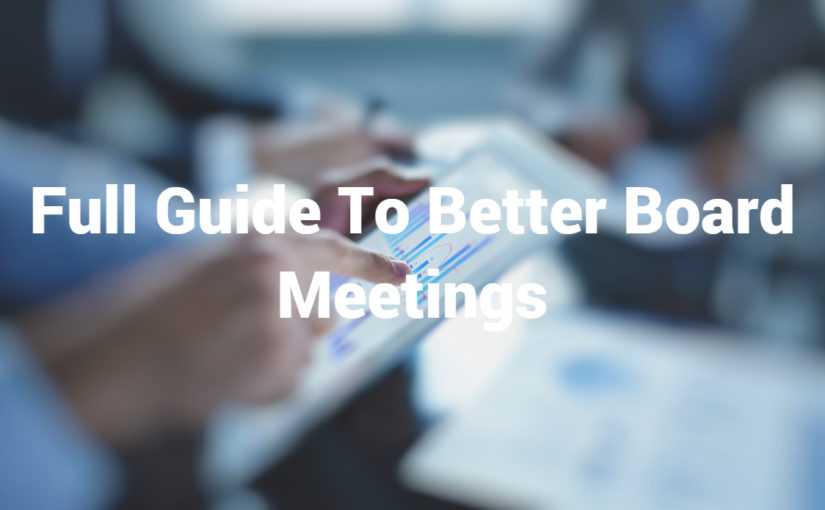Recently, we have been searching for the reason why most board meetings leave participants bored to death. In the end, we were able to deduce and test rules that lead to better meeting results.
Motivation as the Main Guide for Board Meetings
Motivation (monetary incentives) of personnel, in contrast to the base salary (salary), is focused on achieving long-term and short-term goals of the company, “motivating the employee to perform his job duties”. And the salary is a fixed monthly salary.
All human activities are conditioned by real needs. People tend to either achieve something or avoid something. In motivated activity, the employee himself determines the measure of his efforts, depending on his internal motives and environmental conditions. The motive of labor is formed only when labor activity is, if not the only, then at least the main condition for obtaining benefits.
Thus, board meetings motivation becomes the most important factor in the performance of work, affecting the degree of disclosure of the employee’s labor potential, that is, the entire set of properties that affect production activities. In accordance with the Porter – Lawler model, the level of effort is determined by the value. The reward and the degree of confidence that a given level of effort will indeed entail a certain level of reward.
Successful board meetings transform our way of thinking and touch almost everything in our life. They bring about important structural changes, allowing us to model any object in the form of information and then manipulate it electronically.
Board Meetings have made it possible to create a continuous digital information chain by standardizing the production, processing, and transmission of data. Combined with data compression technologies, this digital convergence creates opportunities for IT, telecommunications, and audiovisual collaboration, as exemplified by the Internet phenomenon. Thus, the real technological revolution has been driven by the digitization of information, as the consequences of this transformation extend beyond the world of telecommunications.
How to Make Your Board Meetings Better?
Any human activity, as well as his whole life, can be considered as a project. Consequently, the principles, laws, and mechanisms of natural selection operating in life can be transferred to the issues of the selection of project leaders. Moreover, this selection should take place both taking into account the specific requirements of project activities, and taking into account the requirements for successful teamwork.
Successful board meetings, as well as project managers and members of project teams, should be interested in creating an effective and harmonious system of “natural selection” of professionals in the field of project activities because this is their habitat. The system of “natural selection” should organically include educational institutions, as well as state structures of control, licensing, and social security.
Let’s face it, most board meetings go down the drain because speakers (almost) do not pay attention to the involvement of the participants in the process. That is why it is important to define four good reasons for holding a meeting:
- influence on others;
- making decisions;
- problem-solving;
- strengthening ties.
There are many reasons why a board meeting can fail or lead to unsatisfactory results. Many of these reasons may be related to different technical circumstances, which are often quickly and readily recognized; technology is a very suitable and unrequited scapegoat. But authors and consultants such as Roger Pressman, who have reviewed many projects, argue: “If every project was posthumously appraised, it is very likely that one thing in common would be found: poor project management.”

